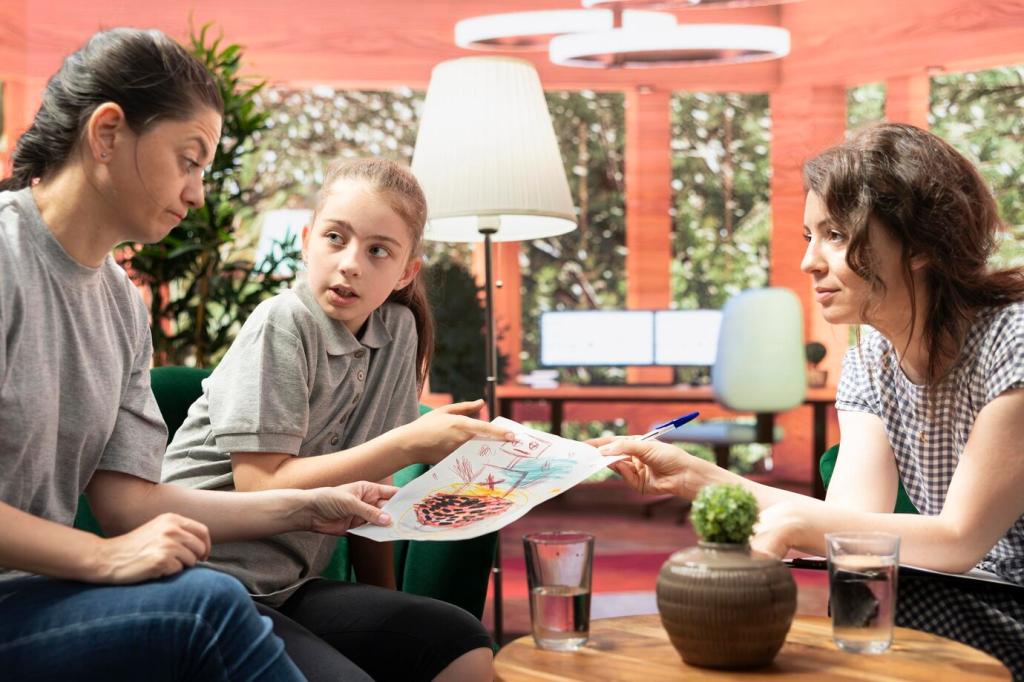In the modern marketplace, furniture is more than a utilitarian object; it represents stories, aspirations, and the personality of a space. Crafting captivating narratives around furniture pieces elevates their meaning, forging emotional bonds with customers and transforming lifeless products into cherished lifestyle statements. Developing these stories in English enables brands to reach a wider audience, tapping into the universal language of emotion and imagination. Here, we explore the art and strategies behind weaving powerful furniture narratives that deeply resonate with audiences.
The Art of Storytelling in Furniture Design
Furniture serves a functional role, but true craftsmanship finds poetic expression in everyday items by highlighting their origins, evolution, and purpose within a living space. The story behind a reclaimed oak dining table, for example, could recount its journey from forgotten timber to the centerpiece of family gatherings. By sharing these stories in English, artisans and brands make tangible connections with international customers who seek authenticity and meaning behind each purchase.
Many furniture narratives are enriched by the legacy of traditional techniques or ancestral craftsmanship. Describing a handcrafted armchair’s journey from the artisan’s hands to a modern home invokes a sense of legacy and reverence. Narratives woven around heritage not only educate but also foster a deep appreciation, positioning furniture as heirlooms rather than commodities. In English, these stories transcend boundaries, allowing global audiences to engage with and appreciate cultural artistry.
Furniture serves as a backdrop for everyday moments and milestones. Effective storytelling paints vivid pictures of how a piece might witness laughter, solitude, or celebration. Narrating how a cozy armchair becomes a sanctuary for reflection or a beloved reading nook invites potential buyers to imagine their personal experiences. When told in English, these stories evoke universal emotions and invite a diverse audience to envision their lives enriched by the furniture.

Language and Tone: Setting the Mood
Evoking Style Through Descriptive Language
A richly descriptive narrative evokes textures, shapes, and colors, allowing readers to practically feel the grain beneath their fingertips or envision the gleam of lacquer in sunlight. Choosing vivid adjectives and evocative phrases brings the piece to life, guiding the audience’s senses and emotions. When furniture stories are crafted in English, the language should flow as smoothly as the contours of the design, painting immersive images that linger in the reader’s mind.
Balancing Sophistication and Approachability
The tone of the narrative sets the stage for perception—luxury brands may lean into sophisticated, poetic language, while casual collections benefit from warmth and friendliness. Striking the right balance ensures that stories remain engaging yet accessible. English offers a variety of registers and stylistic nuances; careful selection allows furniture narratives to resonate with target demographics while reflecting the unique personality of each piece.
Building Emotional Resonance
Ultimately, the most compelling furniture stories stir emotions, turning curiosity into desire. Through English storytelling, brands can weave empathy, nostalgia, or aspiration into their narratives. A carefully crafted story might recall bygone eras, invoke fond memories, or promise new beginnings. Emotional resonance is what transforms a transient product into an enduring part of someone’s life.

Previous slide
Next slide
